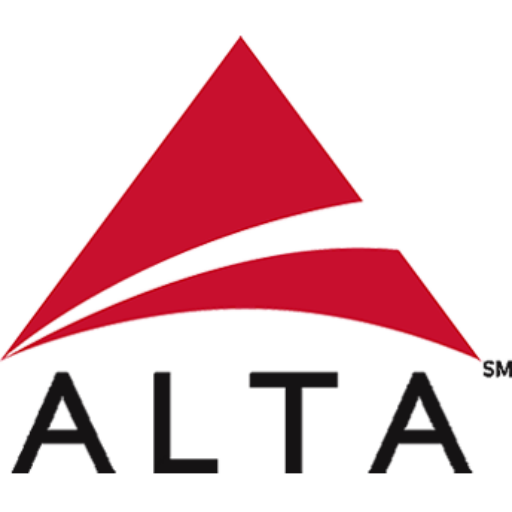So far during classes, every day has proven more challenging and eye-opening than the last. While I’ve found the teaching of interpretation to be more practice-based, translation studies have involved more than their fair share of theory.
People have been translating texts for as long as they’ve been speaking and writing in different languages, but as an established field of study with a broad range of descriptive and prescriptive theories, translation only dates back to the middle of the last century. For most of its existence, the act of translation has been regarded as a facet of literary or historical study rather than a field all its own. The 1960s and ’70s, however, saw international scholars singling out translation as a discrete and unique discipline, and one that deserves its own place on bookshelves and in universities. This movement led to a surge of literature on translation theory and technique, much of which still resonates with modern translators. Below you will find some of the questions that a translator must consider when delving into a text:
The first — and perhaps most critical — component of translation is text analysis. As students are told at least a couple of times each day, “You can’t translate what you don’t understand.” We start by breaking down a text into its basic characteristics: text type, purpose, style, register, and inherent extralinguistic information. We determine if a text is informative, narrative, persuasive, expressive, or vocative, so as to better understand the author’s intent and direction, as well as to pinpoint the appropriate audience. We pay close attention to the style and register of the text: Is it formal and scholarly, informal and colloquial, literary and erudite? We also research the given topic in order to avoid meaning gaps and faulty translations. Only in analyzing the makeup of the text can we correctly render meaning in the target language.
Next is reproduction of the text in the target language. Translation technique is perhaps the most hotly-debated issue in the field — bracketed between the two extremes of faithful and communicative rendering. Proponents of faithful translation emphasize the importance of the source text and the structure and lexicon of the source language. The products of such translations read exactly like translations rather than like original texts and, in extremely literal renderings, even borrow the structure of the source language. Needless to say, the more popular approach is the communicative one, which strives to create within the target audience the same response that the original text intends to create in the source audience. In order to achieve this goal, translators employ a number of lexical and conceptual techniques: modulating words, expanding and compressing meanings, and finding equivalents and parallels between the two languages so as to create a pleasing and native-sounding text.
The final step in translation is revision. If working from a native language into a non-native one, it is helpful and often necessary to enlist the help of a native speaker for this purpose. Whereas interpreters have a slim margin of error when it comes to total accuracy, translators must cross all of their t’s and dot all of their i’s, both literally and figuratively. And speaking of interpretation… stay tuned for the next installment of Lessons from a Graduate Student in Translation in which I will discuss the basics of consecutive interpretation.
Related Articles
Lessons from a Graduate Student in Translation: Language and the Military
Lessons from a Graduate Student: Weird Interpretation
U.S. Scholarships for Translation Studies
Top 10 U.S. Translation Schools
Translation Graduate Programs Overview
